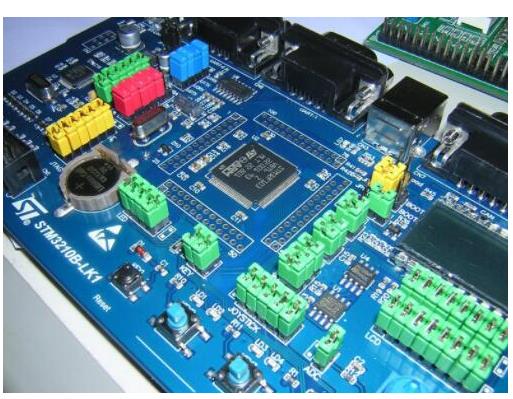Hello everyone, I am the editor, do you know the 10 rules of PCB circuit board proofing? Today, the editor will analyze it specifically for you, and I hope it will be helpful to you.
SMT patch
Rule 1: Choose the right grid-set and always use a grid spacing that can match multiple components. Although the multi-grid seems to be effective, if engineers can think more in the early stage of the PCB circuit board proofing layout design, they can avoid the problems encountered in the interval setting and can apply the circuit board well. Because many devices use multiple package sizes, engineers should use products that are conducive to their own design. In addition, polygons are very important for circuit board copper. Multi-grid circuit boards generally have polygonal filling deviations when polygonal copper is applied. Although it is not as standard as based on a single grid, it can provide more than the required circuit board life. .
Rule 2: Keep the path short and direct. This sounds simple and common, but it should be kept in mind at every stage, even if it means changing the circuit board layout to optimize the wiring length. This is especially applicable to analog and high-speed digital circuits whose system performance is always partially limited by impedance and parasitic effects.
Rule 3: Use the power layer as much as possible to manage the distribution of power lines and ground lines. The power layer copper is a faster and simpler choice for most PCB circuit board proofing design software. By connecting a large number of wires in common, it is possible to ensure that a current with good efficiency and small impedance or voltage drop is provided, and at the same time, a sufficient ground return path is provided. If possible, you can also run multiple power supply lines in the same area of the circuit board to confirm whether the grounding layer covers most of a certain layer of the PCB circuit board proofing, which is beneficial to the interaction between the running lines on the adjacent layers.
Rule 4: Group related components together with the required test points. For example: placing the discrete components required by OpAmp operational amplifiers closer to the device so that bypass capacitors and resistors can cooperate with them in the same place, thereby helping to optimize the wiring length mentioned in the second rule, while also enabling testing and fault detection It becomes more convenient.
Rule 5: Copy the required circuit board on another larger circuit board for many times to make the PCB circuit board proofing and imposition. Choosing the size of the equipment used by the manufacturer is conducive to reducing the cost of prototyping and manufacturing. First carry out the circuit board layout on the panel, contact the circuit board manufacturer to obtain their selected size specifications for each panel, then modify your design specifications, and try to repeat your design multiple times within these panel sizes.
Rule 6: Integrate component values. As a designer, you will choose discrete components with higher or lower component values but the same performance. By integrating within a smaller standard value range, the bill of materials can be simplified and costs can be reduced. If you have a series of PCB circuit board proofing products based on the value of the selected component, it will be more conducive to you to make the correct inventory management decision from a longer-term perspective.
Rule 7: Perform design rule checking (DRC) as much as possible. Although it only takes a short time to run the DRC function on the PCB circuit board proofing software, in a more complex design environment, as long as you always perform checks during the design process, you can save a lot of time. This is a good habit worth keeping. . Every wiring decision is critical, and you can be reminded of those important wiring at any time by implementing DRC.
Rule 8: Use screen printing flexibly. Screen printing can be used to mark various useful information for future use by circuit board manufacturers, service or test engineers, installers, or equipment debuggers. Not only mark clear function and test point labels, but also mark the direction of components and connectors as much as possible, even if these comments are printed on the lower surface of the components used on the circuit board (after the circuit board is assembled). The full application of screen printing technology on the upper and lower surfaces of the circuit board can reduce repetitive work and streamline the production process.
Rule 9: Decoupling capacitors must be selected. Don't try to optimize your design by avoiding decoupling the power lines and based on the limit values in the component data sheet. Capacitors are inexpensive and durable. You can spend as much time as possible to assemble the capacitors. At the same time, follow Rule 6 and use the standard value range to keep your inventory tidy.
Rule 10: Generate PCB circuit board proofing manufacturing parameters and verify them before submitting for production. Although most circuit board manufacturers are happy to download it directly and verify it for you, you should first output the Gerber file and use a free viewer to check whether it is as expected to avoid misunderstandings. Through personal verification, you may even find some negligent errors, and therefore avoid losses caused by completing production according to the wrong parameters.
As circuit design sharing becomes more and more widespread, and internal teams rely more and more on reference designs, the basic rules similar to the above will still be a feature of printed circuit board design. We believe this is very important for PCB proofing design. Even a novice circuit board designer can speed up the learning process and increase confidence as long as these basic rules are kept in mind.